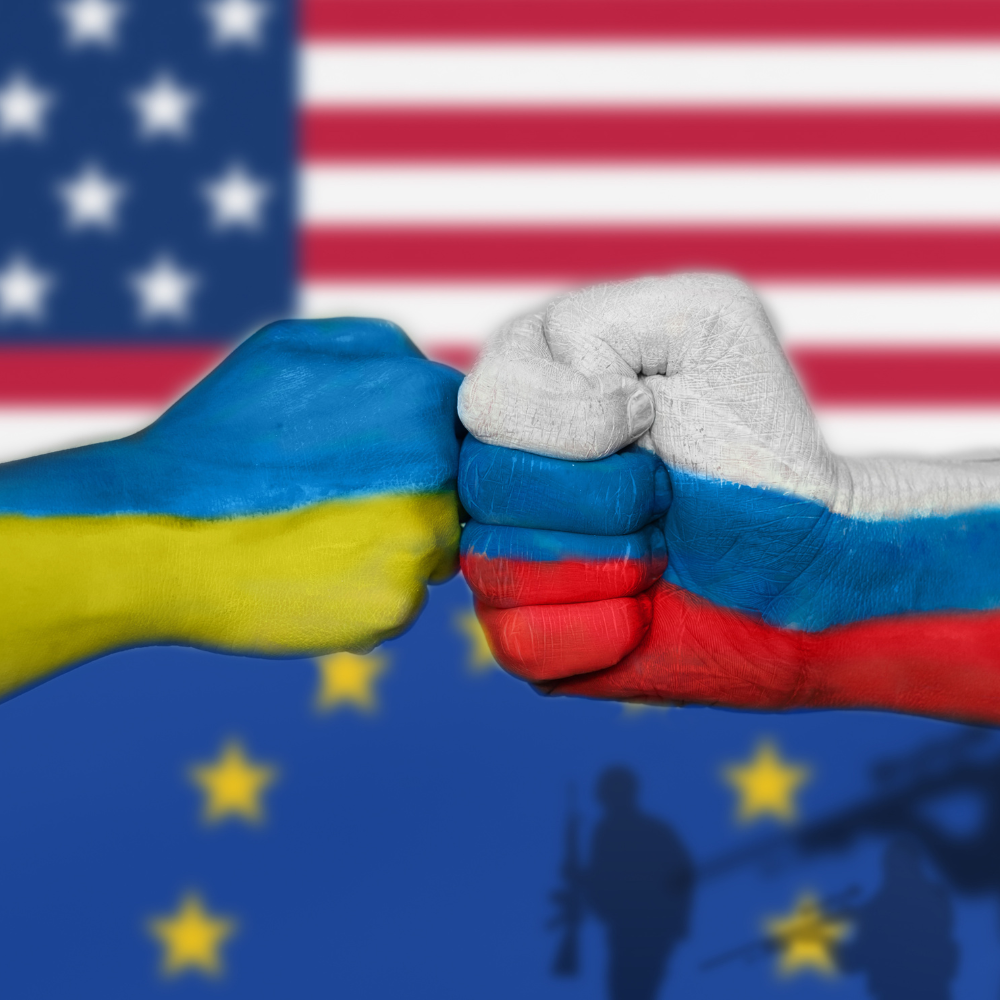
The United States has withdrawn itself from an incursion into Russia that, according to Moscow, resulted in the defeat of Ukrainian armed insurgents. On Monday, portions of Belgorod's border region were attacked in one of the largest cross-border incursions since Russia invaded its neighbouring country a year ago.
Russia released photographs of abandoned or destroyed Western military vehicles, including U.S.-made Humvees. The United States insisted that it does not encourage or enable strikes within Russia.
A spokesman for the State Department acknowledged reports circulating on social media and elsewhere that US-supplied munitions had been used but stated that his country was sceptical of the veracity of these reports at this time. Matthew Miller added on Tuesday that it is up to Ukraine to determine how to conduct this war.
Some Ukrainian military experts have speculated that the images of destroyed American vehicles disseminated by Russia were staged. Belgorod villages near the border were evacuated after they came under bombardment. Russia claims seventy attackers were killed and insists the combatants were Ukrainian. However, Kyiv denies involvement, and two Russian paramilitary groups opposed to Russian President Vladimir Putin have claimed responsibility.
The raid on Monday prompted Moscow to proclaim a counter-terrorism operation, granting authorities the authority to restrict communications and movement. Even after the measures were withdrawn the following afternoon, one of the paramilitary groups claimed control over a small portion of Russian territory.
Mr. Gladkov also reported that a gas pipeline in the Graivoron district was damaged by the drone barrage, resulting in a minor fire on Wednesday morning. Although the sources were able to establish that a building used by Russia's primary security agency, the FSB, was among those hit during the violence, neither side's claims have been independently verified. Unknown is the cause of the devastation.
Commenting on the hostilities in Belgorod, the Russian Ministry of Defense stated that a unit of a Ukrainian nationalist formation had infiltrated its territory in order to launch attacks. In addition to killing scores of "Ukrainian terrorists" through artillery and air strikes, the ministry claimed to have driven the remaining fighters back to the Ukrainian border. However, according to Ukrainian officials, the attackers were Russian members of the Liberty of Russia Legion and the Russian Volunteer Corps (RVC).
The two paramilitary groups' social media posts appeared to corroborate their involvement. Both groups informed Ukraine's public broadcaster Suspilne that they were establishing a demilitarised zone along the Russian Federation's frontier from which it would be impossible to shell Ukraine. These developments could prove to be a mixed boon for Kyiv, as any assault on Russian territory causes concern among the leaders of the Western military alliance NATO.
Even though the long-range weapons provided by these nations to Kyiv were not used in this attack, they are still prohibited from being used against Russian targets.
Despite Kyiv's denials, it seems unlikely that this operation was carried out without the assistance of Ukrainian military intelligence. It supports the Kremlin's narrative that Russia's own sovereign security is under attack by Western-backed malign forces.
This narrative is likely to be bolstered by reports that some participants have ties to far-right extremism, bolstering Moscow's claim that it is attempting to purge Ukraine of neo-Nazis.



